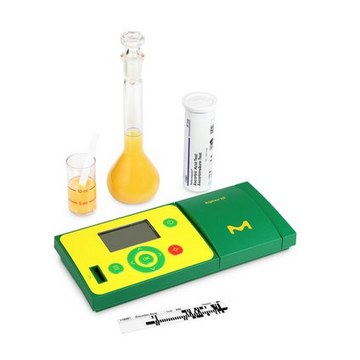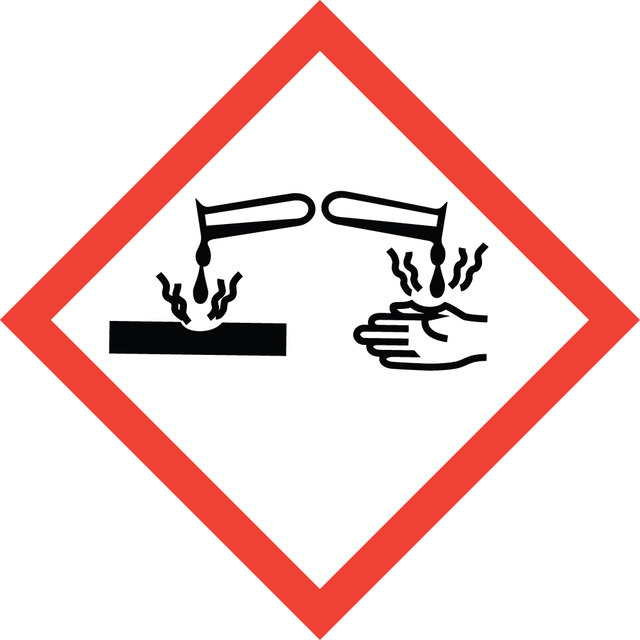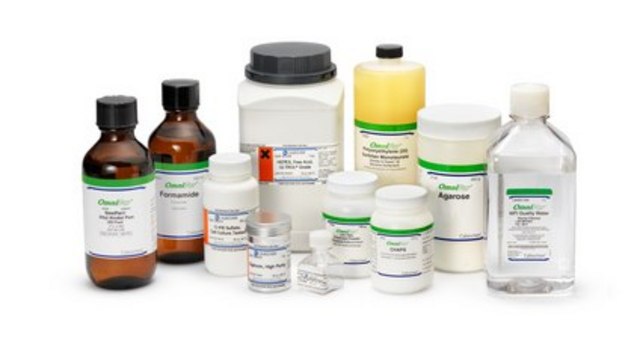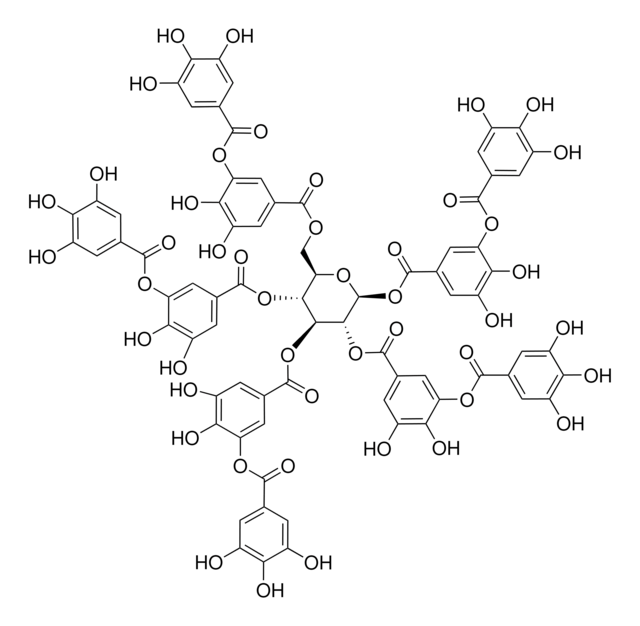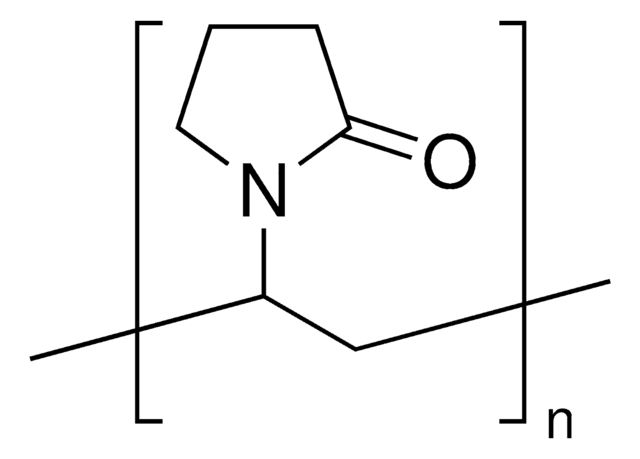244260
Hydrobromic acid
ACS reagent, 48%
About This Item
Recommended Products
grade
ACS reagent
Quality Level
vapor density
2.8 (vs air)
vapor pressure
320 psi ( 21.1 °C)
8 mmHg ( 25 °C)
description
48% aqueous HBr
Assay
47.0-49.0% (ACS specification)
48%
form
liquid
ign. residue
≤0.002%
density
1.49 g/mL at 25 °C (lit.)
anion traces
SO42- and SO32-: ≤0.003%
chloride (Cl-): ≤0.05%
iodide (I-): ≤0.003%
phosphate (PO43-): ≤0.001%
Looking for similar products? Visit Product Comparison Guide
Related Categories
1 of 4
This Item | 856568 | 234257 | PVP360 |
|---|---|---|---|
| form lumps | form powder | form powder | form powder |
| application(s) food and beverages | application(s) - | application(s) - | application(s) - |
| Quality Level 100 | Quality Level 200 | Quality Level 200 | Quality Level 200 |
| particle size ~110 μm | particle size - | particle size - | particle size - |
General description
Application
- For the regioselective bromination of anilides to bromoanilides.
- Oxidative bromination of olefins, alkynes, and ketones to corresponding dibrominated alkanes, dibrominated alkenes, and α-bromoketones.
Other Notes
Signal Word
Danger
Hazard Statements
Precautionary Statements
Hazard Classifications
Eye Dam. 1 - Met. Corr. 1 - Skin Corr. 1B - STOT SE 3
Target Organs
Respiratory system
Storage Class Code
8B - Non-combustible corrosive hazardous materials
WGK
WGK 1
Flash Point(F)
Not applicable
Flash Point(C)
Not applicable
Choose from one of the most recent versions:
Already Own This Product?
Find documentation for the products that you have recently purchased in the Document Library.
Customers Also Viewed
Our team of scientists has experience in all areas of research including Life Science, Material Science, Chemical Synthesis, Chromatography, Analytical and many others.
Contact Technical Service
